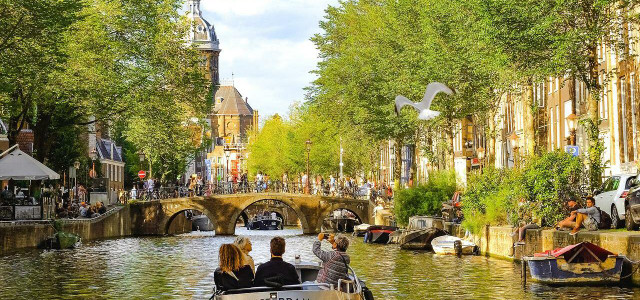The world’s greenest cities can serve as examples for urban planners. As the climate crisis looms, it’s more important than ever that cities invest in sustainable development.
There is no definitive way to decide on the world’s greenest cities, so it’s important to consider a variety of factors. Citizen perspectives, government initiatives, and investments are just a few. One popular survey we can rely on is the Resonance Consultancy’s World’s Greenest Cities Index. This organization’s ranking is based on percentage of green spaces, percentage of renewable energy usage, public transport use, air pollution, water consumption per capita, walkability, recycling and composting availability, and farmer’s markets. Check out some of the Resonance Consultancy’s top ranked sustainable cities as well as some others working hard to achieve ambitious goals.
1. Amsterdam, the Netherlands
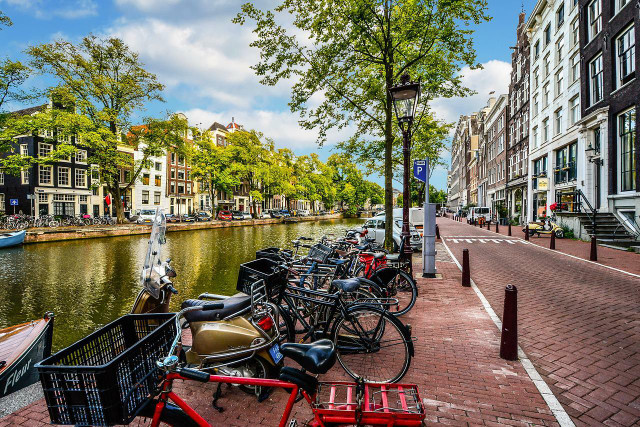
(Foto: CC0 / Pixabay / user32212)
Lined with canals and small waterways, Amsterdam enjoys the high water quality of the Netherlands. The city has plenty of trees and green spaces, which also help improve the air quality. Not to mention, citizens of Amsterdam produce less smog due to their extensive public transportation network. Boats and bikes are huge in Amsterdam! The government has even committed to reducing the city’s emissions by 55% in 2030 and 95% in 2050.
2. Wellington, New Zealand
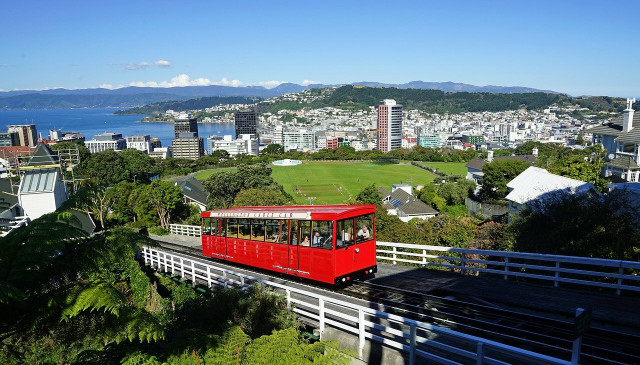


(Foto: CC0 / Pixabay / Barni1)
Wellington has ranked as first in the world for environental security for a reason. The city is committed to cutting carbon emissions and managing further risks of the climate crisis. Wellington is walkable, offers green spaces within the city and is surrounded by lush hiking areas. Its rich biodiversity has inspired the government to develop Wellington into a biophilic city.
3. Vienna, Austria
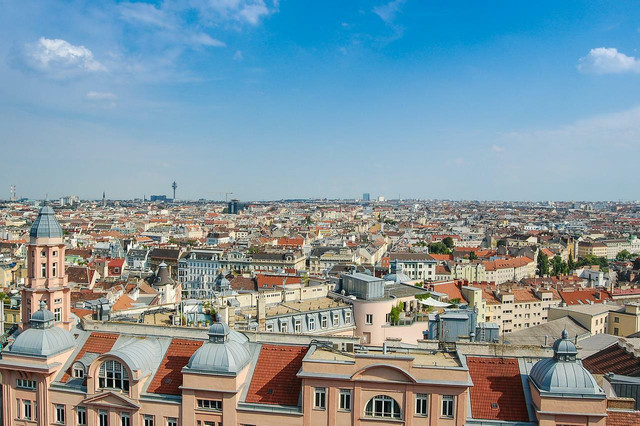


(Foto: CC0 / Pixabay / jarmoluk)
Vienna is rated one of the World’s Greenest Cities by Resonance Consultancy. About 50% of Vienna is made up of green spaces, the highest proportion of all European cities. The citizens of Vienna hold one of the highest recycling rates in the world. In addition, Vienna is a leader in environmental conservation, wastewater management, air quality and water supply. The city plan includes a myriad of parks, walking paths, and accessible public transportation as well.
4. Washington, D.C.



(Foto: CC0 / Pixabay / 12019)
Although the US is largely behind the international community in prioritizing green urban development, Washington D.C. is one of the greenest cities in the US. Resonance Consultancy recognizes D.C. for its green spaces and parks, low-carbon initiatives, walkability and many farmer’s markets. D.C. has also fostered large-scale solar projects and clean energy initiatives. The city aims for 100% renewable energy by 2032.
5. Singapore
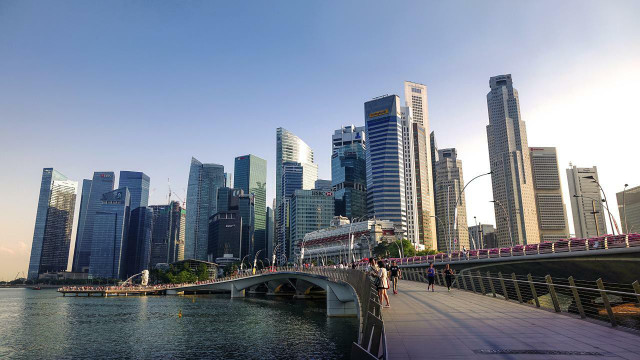


(Foto: CC0 / Pixabay / cegoh)
This city-state finds itself on the list for its reclaimed urban lands, park spaces, solar energy production, affordable housing and more. The city aims to further develop renewable energy, conservation efforts and green building.
6. Curitiba, Brazil
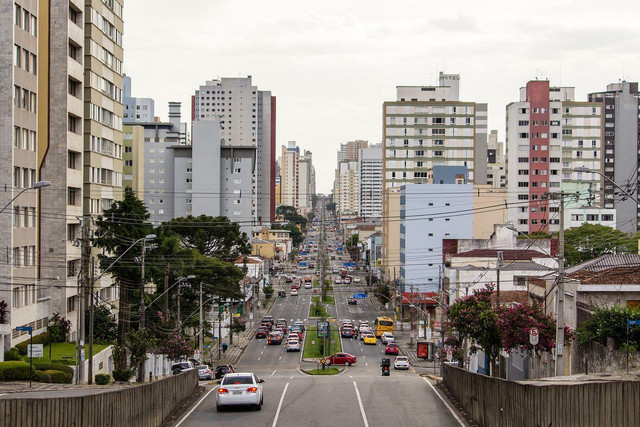


(Foto: CC0 / Pixabay / rodrigomullercwb)
Curitiba has planted 1.5 million trees and built 28 public parks since the 70’s. This green metropolis has big plans for sustainable living for all. The government has made major efforts in rapid public transport, recycling, poverty reduction and more. They even offer a free university program which teaches people of all economic backgrounds about sustainable living.
7. Stockholm, Sweden
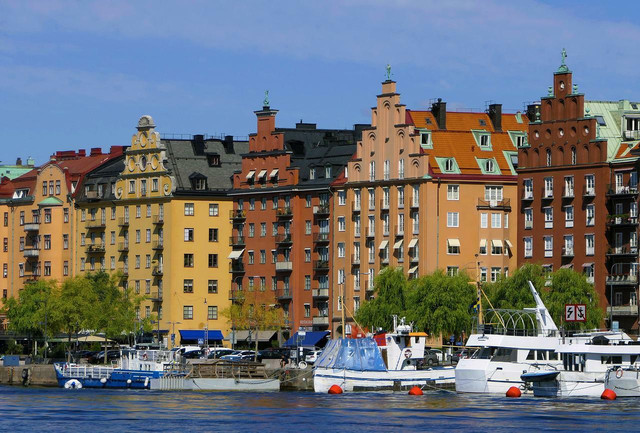


(Foto: CC0 / Pixabay / ykaiavu)
The capital city of Sweden is hugely committed to sustainability. The city uses 100% renewable energy and recycles 99% of their solid waste. In the next 18 years, Stockholm aims to be entirely independent of fossil fuels. As of now, a third of the city is made up of green spaces, and another third is bodies of water. The metropolis also offers a variety of eco-friendly public transportation options and sustainable tourism for all.
8. Vancouver, Canada
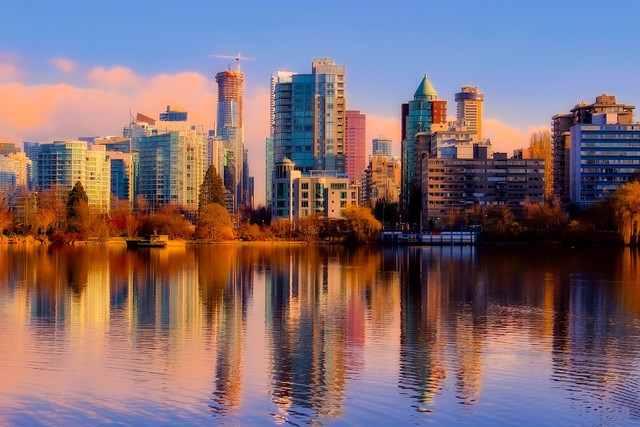


(Foto: CC0 / Pixabay / 12019)
Vancouver has the lowest rate of greenhouse gas emissions per capita compared to all major cities in North America. The city has invested in sustainable transportation, hydroelectricity, recycling, energy-efficient development, and is making strides toward a fully green economy.
9. Berlin, Germany
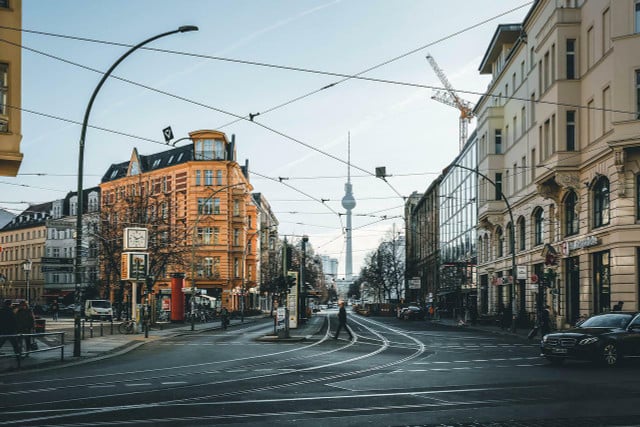


(Foto: CC0 / Pixabay / noelsch)
Another city on the list is Berlin. The city is highly walkable and bikeable, and is filled with public parks and open spaces. The metropolitan area has plenty of public transport options as well. Compared to other German cities, Berlin has the fewest cars per person. This is due in part to the German taxation of fuel and gas. The German capital has also shown commitment in energy conservation, conscious development, recycling programs and renewable energy development.
10. Durban, South Africa
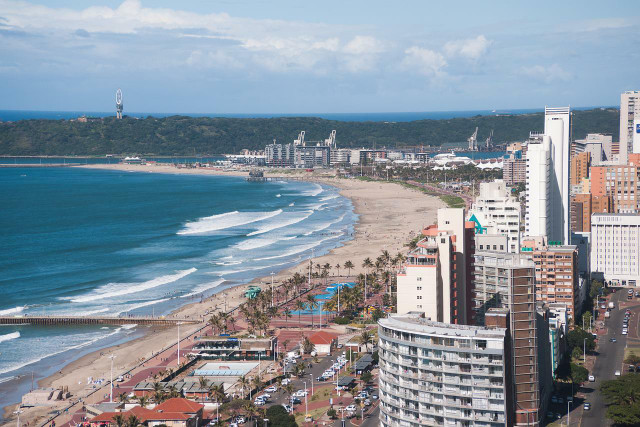


(Foto: CC0 / Pixabay / oldeani0)
Durban has divested from fossil fuels and moved toward clean air and greater biodiversity. In 2019, this South African city was known as the world’s greenest city. The government safeguards green spaces from urbanization. Durban plans to run on 40% renewable energy in the next eight years, and they’ve made concrete steps toward achieving this.
Read more:
- The 10 Most Walkable Cities in the US in 2022
- New York Bucket List: 10 Eco-Friendly Activities
- Too Good To Go: This App Helps You Fight Food Waste
Important Information regarding Health-related Topics.
** Links to retailers marked with ** or underlined orange are partially partner links: If you buy here, you actively support Utopia.org, because we will receive a small part of the sales proceeds. More info.Do you like this post?






